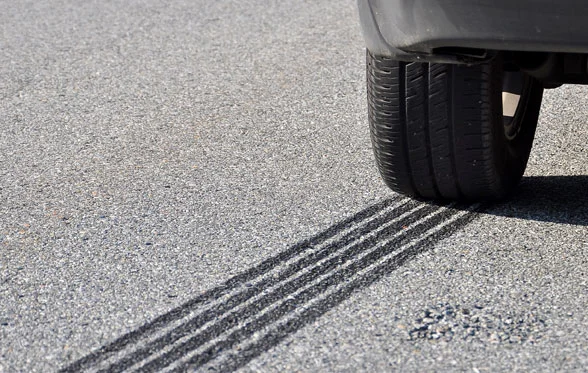The European Commission have recently published a proposal for a new EU Regulation that would introduce amendments to both the light duty and heavy duty emissions requirements.Some of the amendments proposed in this new Regulation clarify the application of the current requirements, whilst others propose an increase in the stringency of certain emissions requirements.
One of the proposed amendments affects both the light duty and heavy duty emissions requirements by revising the scope of both (EC) No. 715/2007 and (EU) No. 595/2009 to allow certain vehicles that would normally fall within the scope of the heavy duty emissions requirements to be type approved to the light duty emissions requirements, at the vehicle manufacturer's discretion.Currently, the light duty emissions requirements specified by (EC) No. 715/2007 apply to motor vehicles with a reference mass not exceeding 2610 kg, whilst motor vehicles with a reference mass exceeding 2610 kg fall within the scope of the heavy duty emissions requirements specified by (EU) No. 595/2009.In the case of vehicle models that have a reference mass range which spans this break point, this can lead to the situation where the vehicle manufacturer has to obtain type approval to both the light duty emissions requirements and the heavy duty emissions requirements for different vehicles within the same model range. To avoid this situation in future, it is proposed to revise the scope of both (EC) No. 715/2007 and (EU) No. 595/2009 so that vehicles with a reference mass exceeding 2610 kg which have a maximum vehicle mass not exceeding 5000 kg may, at the manufacturer's request, be type approved to the light duty emissions requirements instead of the heavy duty emissions requirements.
The only other proposed amendment that specifically relates to (EU) No. 595/2009 on heavy duty emissions concerns the application of the emissions limit for ammonia (NH3).Currently, the NH3 emissions limit is applied to all engines. However, as ammonia emissions are only considered to be an issue for compression ignition engines fitted with NOx after treatment technologies using urea, it is proposed to remove the NH3 emissions limit for positive ignition engines.
The remaining proposed amendments all relate to the light duty emissions requirements specified by (EC) No. 715/2007.In each case, the European Commission will be tasked with developing detailed requirements and procedures for each of these proposals, but the basic proposals can be summarised as follows:
- Methane emissions- Due to the fact that methane is a greenhouse gas with a global warming potential greater than that of carbon dioxide (CO2), it is proposed that the vehicle's methane emissions should be treated similarly to the vehicle's CO2 emissions.Therefore, it is proposed that the vehicle's methane emissions should be converted into equivalent CO2 emissions and then added to the vehicle's actual CO2 emissions to give a total equivalent CO2 emissions figure for the vehicle.
- Total hydrocarbon (THC) emissions- There is a concern that the currently applied limit for total hydrocarbon emissions is inhibiting the introduction of vehicles fuelled by natural gas.Therefore, it is proposed to increase, or even completely remove, the total hydrocarbon emission limit applicable to vehicles with a positive ignition engine.
- Nitrogen dioxide (NO2) emissions- A large proportion of the NOx emissions from modern vehicles, especially those fitted with diesel engines, are in the form of nitrogen dioxide (NO2).Therefore, it is proposed that a specific emissions limit for NO2 should be introduced.The implementation to such a limit should assist European cities in meeting the European air quality standard for NO2 which many of them are currently exceeding.
- Low temperature emissions test- The low temperature emissions test and the associated emissions limits were originally introduced as part of the Euro 3 emissions requirements and, despite advances in emissions control technology, the applicable emissions limits have remained unchanged since their original introduction.Therefore, it is proposed to review the emissions limits applicable to the low temperature emissions test and to consider introducing emissions limits for NOx and NO2.
